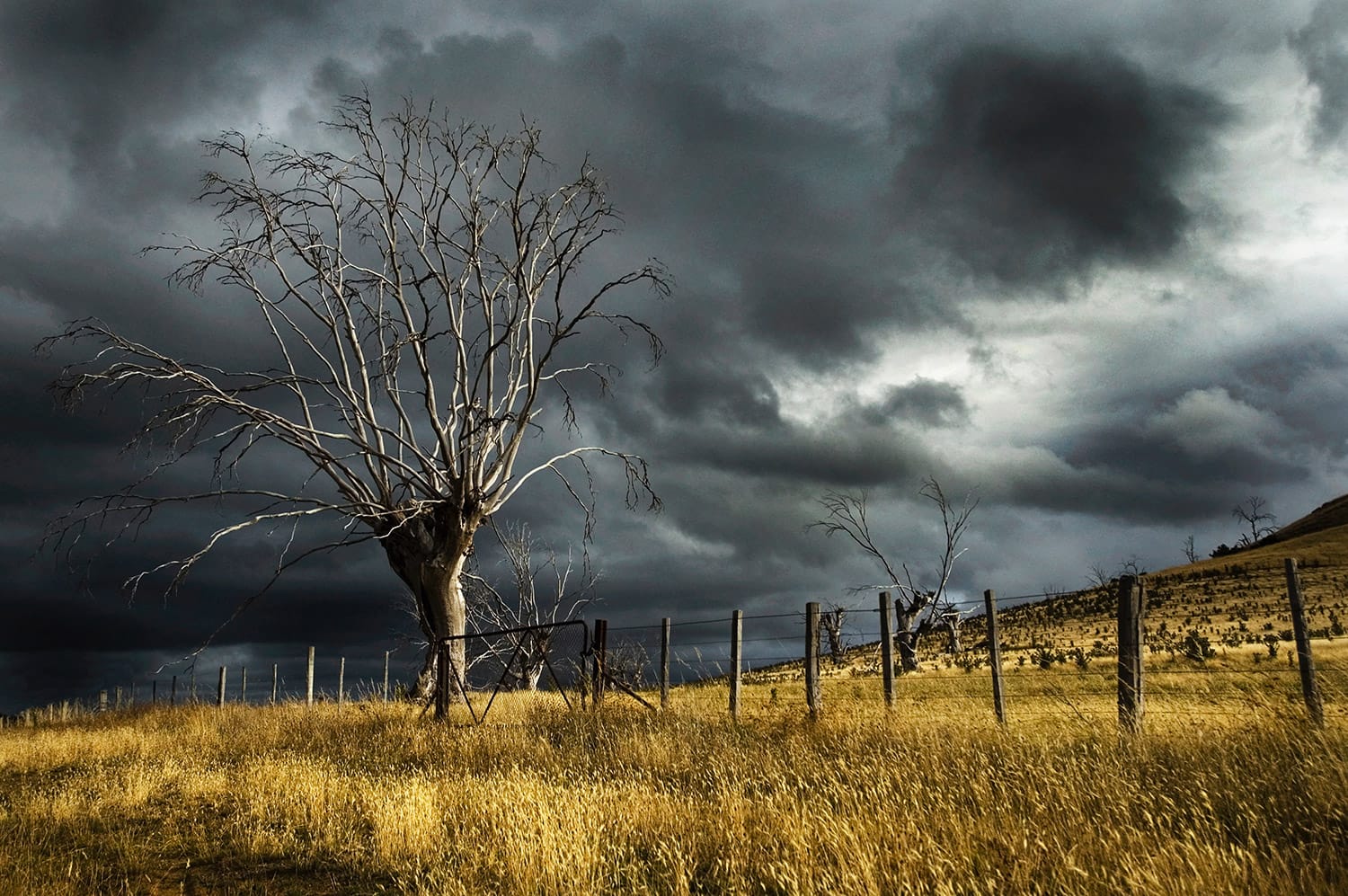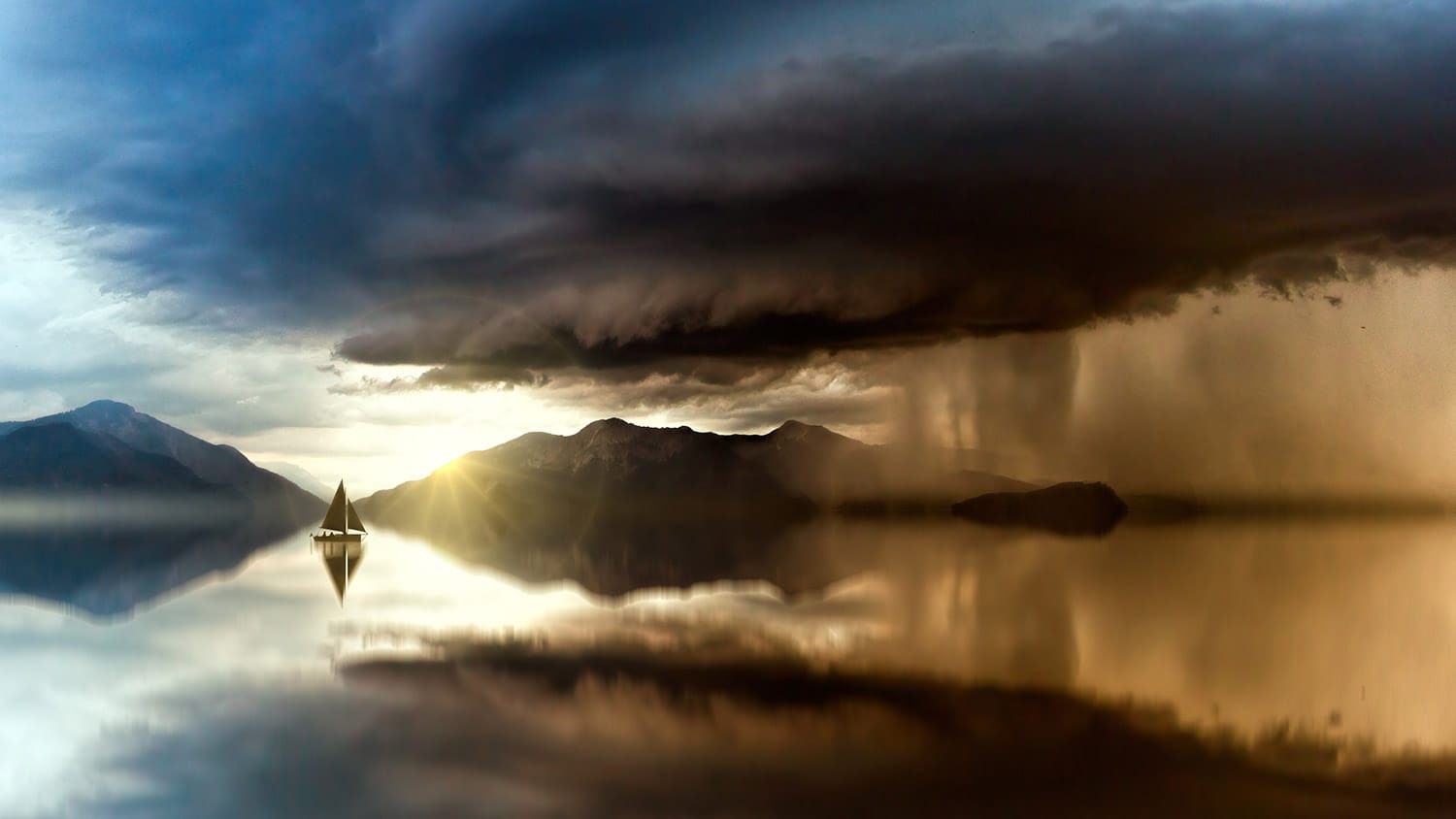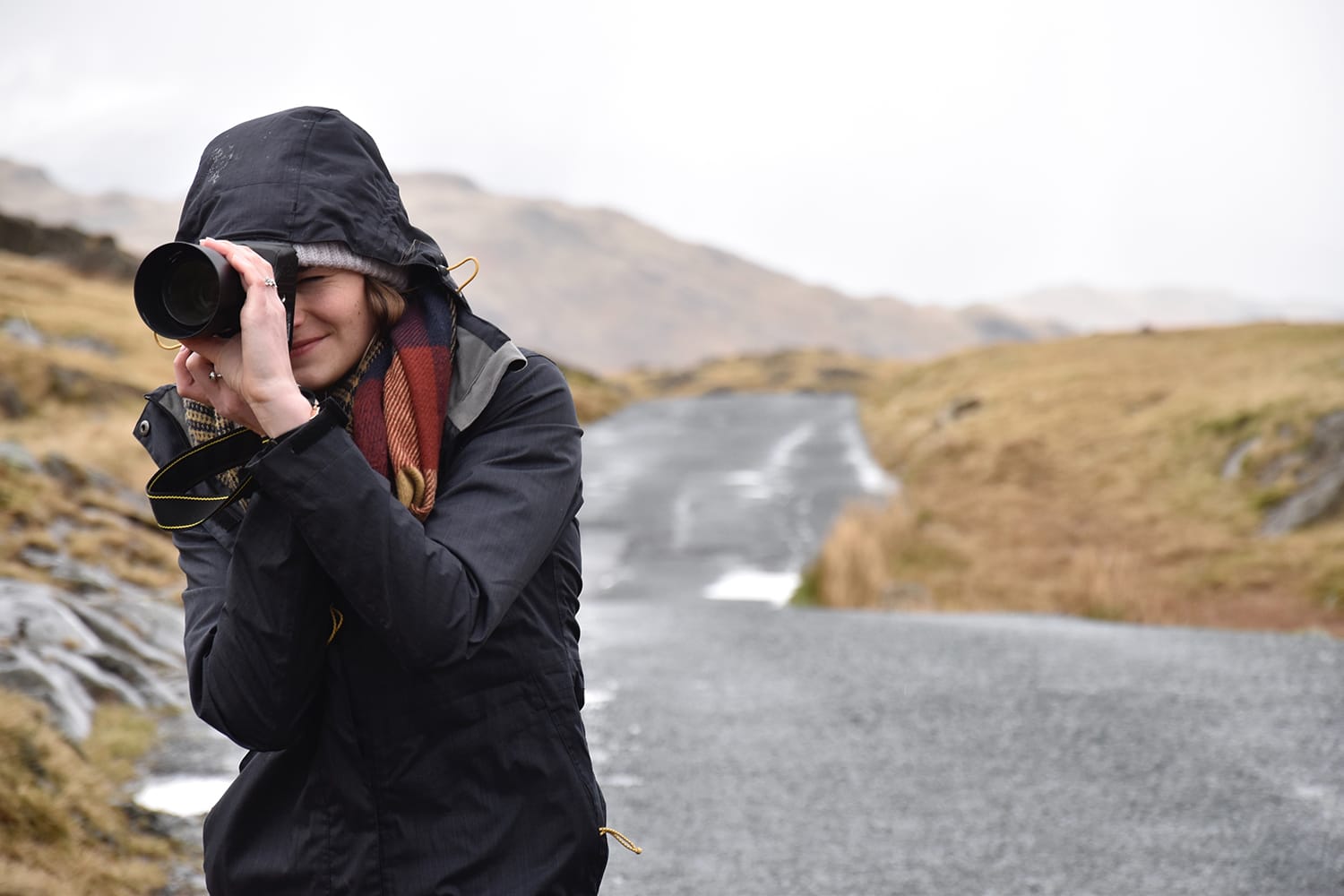How to Be Successful with Outdoor Photography in Bad Weather
Weather plays a huge role in landscape and nature photography. Lighting is the most essential element in a photograph, and the lighting will be heavily impacted by weather. The same scene can look drastically different, depending on the light and weather conditions at the time the photograph is taken.
Aside from light, weather presents many other challenges like rain, snow, storms, wind, heat, cold, fog, mist, etc. When you think of bad weather, some of these details probably come to mind.
But ideal weather for landscape photography may not be what most people would consider good weather. A bright and sunny day with clear blue skies may be considered to be beautiful weather, but the harsh sunlight can be challenging for photography, and the cloudless blue skies can be boring.

As a photographer, “good” weather depends on what you want to photograph.
Different types of subjects have different weather conditions that will be ideal. In many cases, these ideal weather conditions might be what most people would consider “bad” weather. The challenges can bring some of the best opportunities to get unique and powerful photos.
The good news is, there is always something to photography in every type of weather. In this article we’ll look at the keys to having success in the more challenging weather conditions, as well as some gear that can help you to be prepared for the elements.
Rainy Weather

When rain comes, a lot of outdoor activities are put on hold until the rain stops. While rain does present some challenges for photographers, it also presents opportunities. First, it’s important to clarify that not all rain is equal. Photographing in a light rain is a lot more manageable than photographing in a monsoon. However, rain will often come and go, and even if you’re waiting for the slowdowns or breaks in the rain, getting great photographs on rainy days is possible.
In order to have success photographing on rainy days, you’ll need to know what to photograph. Trying to capture an amazing sunrise or sunset on a rainy, overcast day is usually going to be a waste of time. Unless there is some break in the clouds, the sun probably won’t even be visible.
On the other hand, overcast days can be perfect for photographing other types of subjects, including waterfalls and streams. Sunny days make it difficult to photograph a waterfall without glare and harsh light on the water and surrounding rocks, but overcast days typically provide flat lighting that is perfect for this scenario. Even if it’s lightly raining, the rain probably won’t be visible in the photos.
Also, forests can be a great subject for overcast or rainy days. Having some sunlight poking through into the forest can be great too, but completely sunny days can make the lighting difficult and the end result isn’t likely to be very appealing.
Snow

There is no doubt that snow and ice can completely transform your landscape photos. When it’s snowing, most of us prefer to be inside and not on the road, but during or shortly after a snowstorm can be a great time to photograph.
Of course, if you’re driving in the snow it helps to have a vehicle that will be able to handle the snow, like a 4-wheel-drive or high-clearance vehicle.
Storms

Some of the most amazing landscape and nature photos are taken during storms. It could be lightning, intense clouds, tornadoes, dust storms, or any other type of storm. Of course, safety should be your main priority, but if there are ways to safely photograph the storm from a distance, it can be the perfect opportunity.
Keys to Photographing in Bad Weather
Now, let’s take a look at some of the keys to successful photography in challenging weather conditions.
1. Work With The Weather, Not Against It
As I mentioned earlier, there is something to photograph in every type of weather. It’s important to allow the weather to impact the subjects that you choose to photograph, and to be adaptable. If the weather is cloudy and overcast, choose subjects that will work well with that type of weather. Don’t try to force anything.
2. Be Prepared
Have the right gear (more on that in a minute) and the right clothing. It’s usually a good idea to dress in layers so you can add or remove clothing as the weather changes. Having the right gear and clothing can make a big difference in your ability to handle the weather and thrive in different conditions.
3. Plan As Much As Possible
Get in the habit of paying attention to the weather forecast, and plan your outings as much as possible according to the weather. Of course, the weather will never be 100% predictable so you will always need to have some flexibility, but simply doing some planning in advance can make a big difference and it will be effective most of the time.
4. Embrace “Bad” Weather, But Be Safe
Challenging weather provides some of the best photographic opportunities, so be sure to take advantage of it whenever possible. But always remember that safety comes first, and you should never put yourself or anyone else in danger just to get a photograph.
Related reading: 10 Important Safety Tips for Landscape Photographers
Recommended Gear
Here are some of the most important items that you should have to help with the weather.

Rain Cover – There are several different types of rain covers or sleeves that you can purchase to help protect your camera and lens when photographing in the rain. Most of these covers are inexpensive, will help to protect your gear from damage, and may also be able to help with keeping your lens dry while photographing.
Lens Wipes – I recommend always having some lens wipes in your camera bag. Personally, I use the lens wipes from Zeiss, but there are other options as well. These are great for wiping dust and drops of water from your lens, and you’ll find that they are especially handy during inclement weather.
Photography Gloves – If you’re going to be out photographing in cold weather, you many want to purchase gloves that will keep your hands warm. Several companies make photography gloves, which usually allow you to open up the fingers so you can easily work the camera.
Tripod Weights – Tripod weights can be extremely useful in windy weather when your tripod may need a little extra stability. There are several different types of weights that will hook up to your tripod, or you can even take a DIY approach and use anything heavy that can get the job done.
Hiking Boots or Shoes – Keeping your feet dry and warm will go a long way towards keeping you safe and comfortable. A good pair of hiking boots or shoes, preferably waterproof, is recommended.
Rain Jacket – A simple rain jacket will help to keep you dry, and that can make a big difference if you’re going to be out in the elements for a while.
I hope you found those tips useful and that they help you in your photographic journey!
